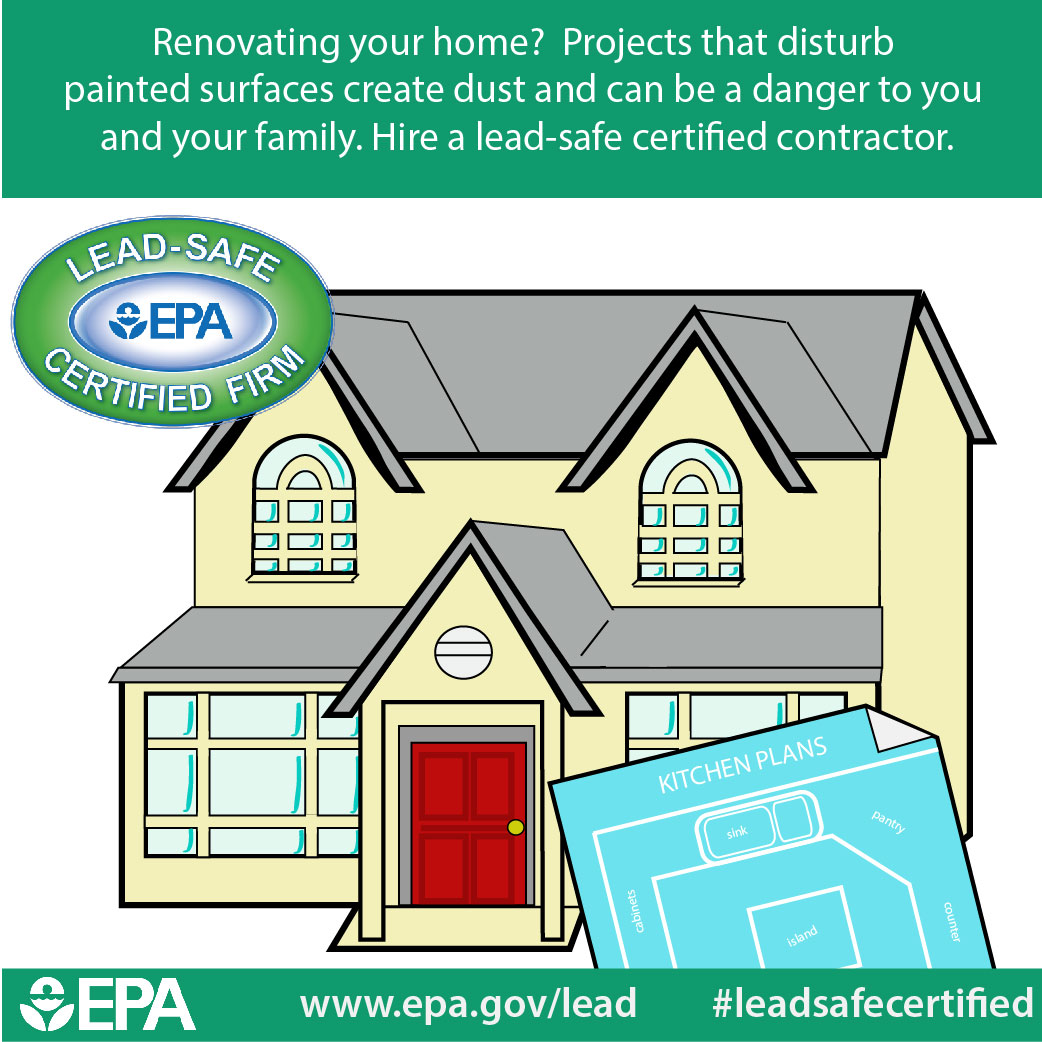Complete Overview For Prepping Your Walls Before Applying Paint
Complete Overview For Prepping Your Walls Before Applying Paint
Blog Article
Uploaded By-Nance Dillard
When you're prepping your walls for painting, it's critical to comply with a systematic process to guarantee a perfect coating. Start by analyzing the wall surface for any kind of damages; this step can make or break your task. As soon as https://www.newschannel5.com/news/suspects-sought-after-spray-painting-swastikas-and-hate-messages-onto-five-homes-in-sylvan-park 've determined any type of concerns, cleaning the surface area effectively is essential, as a filthy wall surface can influence paint adhesion. Afterwards, you'll require to spot any kind of flaws and use a primer. But there specify techniques and ideas that can elevate your prep work game-- let's explore those further to achieve the best results.
Assessing Wall Problem
Before you order your paintbrush, take a moment to assess your wall surfaces' problem. Look for any type of visible damages like cracks, openings, or peeling paint. These flaws can impact exactly how the paint sticks and looks once it's dry. If you see any type of significant damages, you'll require to focus on repair work prior to diving into paint.
Look carefully at the texture of your wall surfaces. Is the surface area smooth, or is there texture that might need unique consideration? Smooth wall surfaces normally need less preparation, while textured surfaces might require even more time to repaint evenly.
Likewise, consider the previous paint job. If the old paint is glossy, it mightn't allow new paint to stick effectively. You'll need to know if your wall surfaces have been repainted with oil-based or water-based paint, as this can impact your choice of primer or paint.
Ultimately, take Suggested Site of any kind of dampness issues. If you see indications of water damage or mold, address these issues quickly to avoid further issues.
Cleaning the Surface area
As soon as you have actually assessed the condition of your wall surfaces, the next step is cleaning the surface. Start by gathering your materials: a pail, cozy water, a mild detergent, a sponge or fabric, and a scrub brush for harder places.
Begin at the top edge of the wall surface and work your way down. Mix the detergent with warm water in your pail, after that dip the sponge or towel into the remedy. Wring https://smalljobpaintersnearme08753.actoblog.com/33888588/neglecting-essential-elements-when-picking-outside-paint-colors-can-negatively-impact-your-company-s-appearance-learn-about-the-major-pitfalls-to-stay-away-from-for-an-excellent-result bent on prevent excessive wetness on the walls.
As you clean, pay very close attention to locations that might've accumulated dust, grease, or finger prints. For persistent spots, make use of the scrub brush delicately to stay clear of harming the paint beneath. Wash your sponge or towel regularly in clean water to prevent spreading out dust around.
After cleansing, it's vital to clean the wall surfaces with a damp towel to get rid of any kind of soap deposit. paint contractors makes sure a smooth surface for the brand-new paint to follow.
Allow the wall surfaces to completely dry entirely prior to proceeding to the following preparation actions. This extensive cleansing procedure will help develop a fresh canvas for your painting task, guaranteeing the most effective outcomes.
Patching and Priming
Patching and priming are essential steps in preparing your wall surfaces for a fresh layer of paint. First, examine your wall surfaces for any openings, cracks, or imperfections. Utilize a high-quality spackling compound or patching paste to load these locations.
Use the compound with a putty knife, smoothing it out so it's flush with the surrounding surface. Permit it to completely dry completely, and after that sand it lightly till it's smooth and also.
When you have actually patched everything, it's time to prime. Primer helps secure the covered locations, guaranteeing the paint adheres properly and offers an uniform finish. Choose a primer suitable for your wall surface type and the paint you'll be making use of.
Use the guide using a roller for larger areas and a brush for edges and sides. If your covered areas are significantly huge or porous, you may want to apply a second coat of guide after the initial one dries out.
After priming, let every little thing completely dry thoroughly prior to proceeding to painting. This prep work will not only improve the look of your walls yet likewise prolong the life of your paint work.
Take your time, and you'll be pleased with the outcomes.
Final thought
By complying with these straightforward steps, you can attain a smooth and specialist finish on your wall surfaces. Start by assessing their problem, then clean and patch any imperfections prior to applying guide. Keep in mind to enable ample drying time and make sure every little thing is smooth prior to you dive into painting. With the right prep work, you'll set the stage for a beautiful transformation in your room. Now, collect your materials, take in the fresh air, and prepare to paint!
